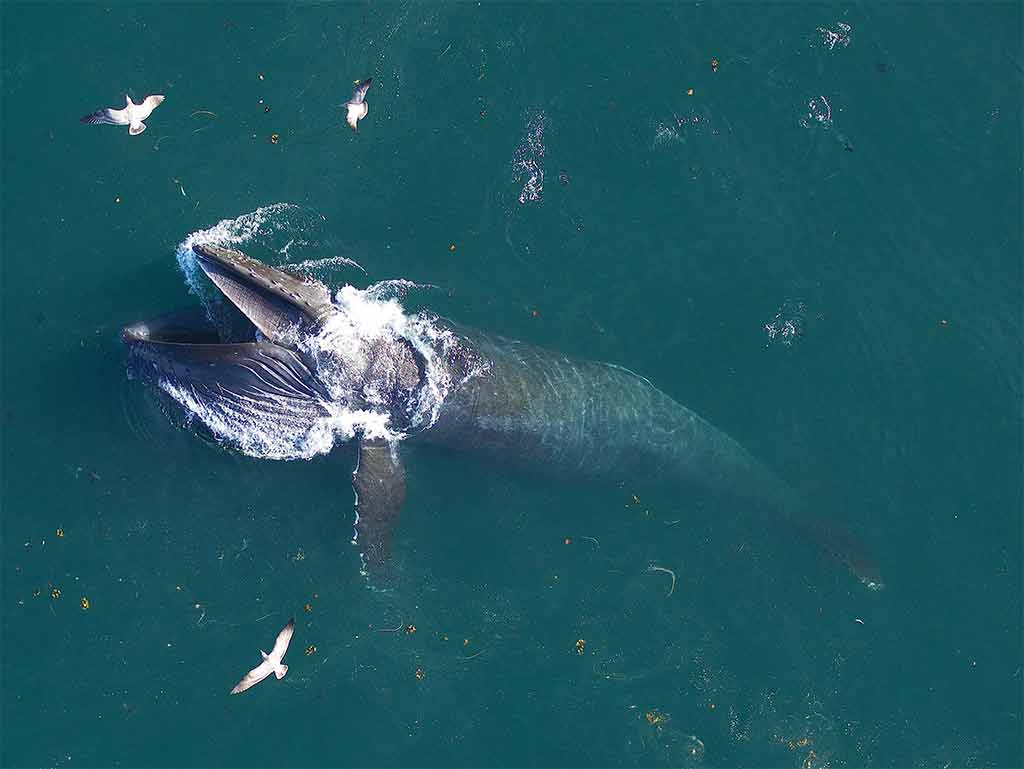Combining data on pollution concentrations and the feeding habits of these cetaceans showed that filter feeders could be the marine species most vulnerable to plastic pollution.
Like other filter-feeding whales, also known as baleen whales, blue whales use bristling baleen plates to sift, pan or catch krill (shrimp-like crustacean), plankton and small fish from ocean waters.
The team of researchers at the university center, led by Matthew Savoca, found that the highest concentrations of microplastics are found at depths of 50 to 250 meters, which is also where filter-feeding whales eat, mainly due to the high availability of krill.
He calculated that blue whales, which have a diet particularly rich in krill, could ingest up to 10 million plastic particles a day, while humpbacks could consume up to four million.
“These numbers are huge, the highest estimated daily intake of any species studied so far,” Savoca said.
“Of course, the animals themselves are also huge, so we also need to consider their huge size to begin to puzzle out the potential effects of this large amount of plastic being ingested within a huge body,” he added.
Savoca acknowledged that little is known about how this accumulation of plastic affects the health of cetaceans, which will be the subject of future research, he said.
ef/ro/lpn










